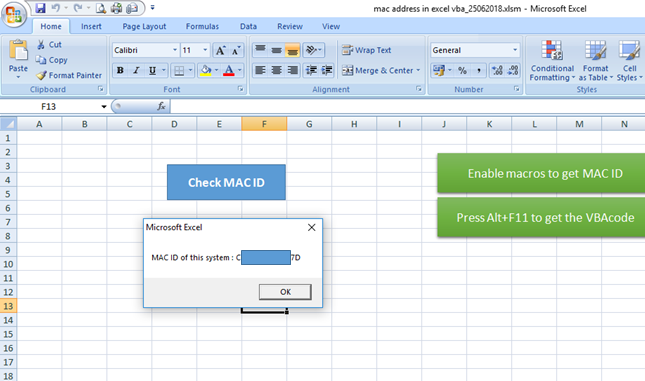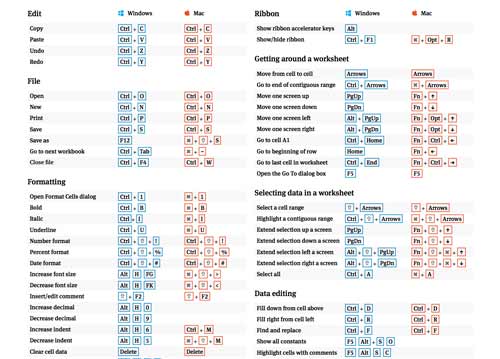
In any case, several of the more general explanations I provide in the blog post about Excel's object model to which I link to above apply (with some adjustments) to the Outlook object model. For this reason, I provide a quick introduction to the Outlook object model in this section. Therefore, you need to have a good understanding of the object model of the application(s) you're working with. When working with Visual Basic for Applications, you're (basically) manipulating the objects from the relevant application. I've also written other blog posts that explain different object models, such as that of the Ribbon Commander.Įach application (Excel and Outlook in this particular case) has its own object model. Therefore, I've previously created a comprehensive tutorial about Excel's object model. My focus in Power Spreadsheets is Microsoft Excel.
#Excell vba email for mac how to
Since the main topic of this blog post is how to manipulate Outlook from Excel, let's start by taking a look at… The Microsoft Outlook Object Model: A Quick Introduction Learn More about Sending Email from Excel using VBA.Macro Examples To Send Email From Excel Using Outlook In Practice.
#Excell vba email for mac code


VBA Code To Send Email From Excel With Workbook As Attachment.VBA Properties And Methods To Control Email Delivery, Display And Saving.VBA Properties To Draft And Format The Email.VBA Properties To Specify Email Recipients.The Microsoft Outlook Object Model: A Quick Introduction.You can use it to quickly navigate to the section that interests you the most. The following table of contents lists the main topics I cover in this Excel tutorial.
#Excell vba email for mac free
You can get immediate free access to these example workbooks by clicking the button below. This Send Email from Excel using VBA Tutorial is accompanied by Excel workbooks containing the data and macros I use in the examples below. I provide practical examples of VBA code that you can easily adjust and start using right now.

For example, if you send or receive Excel workbooks through Outlook, you're (manually) integrating the 2 applications. In fact, it's likely that you've integrated both applications in the past. This is a very common (although not the only) type of integration. In this particular VBA tutorial, I provide a thorough step-by-step introduction to how you can work with Outlook from Excel using VBA. Visual Basic for Applications allows you to automate other Office Applications directly from Excel.

After all, a particular process may involve applications other than Excel. However, in certain circumstances, you might have to (or want to) work with other applications from Excel. Examples of such activities are saving or opening an Excel workbook, saving an Excel file as PDF, finding the last row, copying and pasting or deleting blank rows. Several VBA tutorials within Power Spreadsheets explain how to carry out certain activities within Excel.


 0 kommentar(er)
0 kommentar(er)
